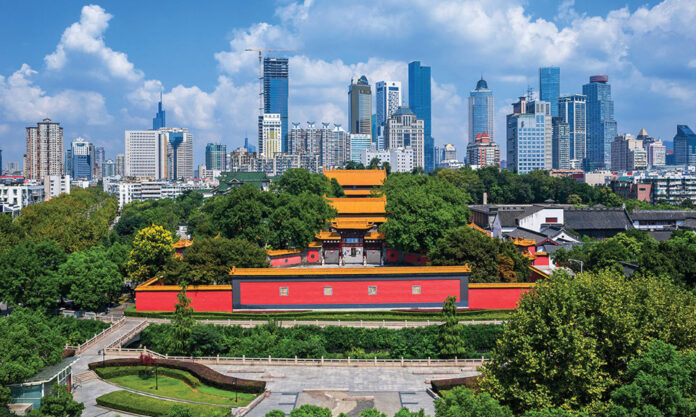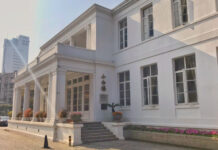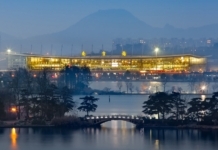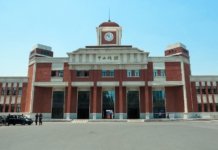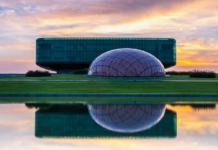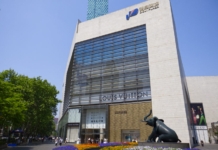Founder of the Ming Dynasty, Zhu Yuanzhang, was responsible for the naming of much of Nanjing. The City name itself was his idea, as was Chaotian Palace.
Today in part home to the Nanjing Municipal Museum, a world class facility presenting ancient pottery and earthenware, calligraphy, clothing, jade etc. (one treasure is valued at over ¥10 billion), the complex was also the seat of the capital’s High Court during the Republic of China.
But before becoming the sprawling Palace it is today, this same site was home to a multitude of temples to Confucius through the ages. Then along came 1384 and the renaming as Chaotian Palace after a lengthy period of reconstruction.
During this Ming-Dynasty era, Chaotian Palace was a place for the imperial court to practice their etiquette skills before holding grand ceremonies.
This vast complex of buildings can be said to be the largest and most-complete, preserved, traditional-Chinese architectural complex of the official Ming and Qing Dynasty style in the Jiangnan part of China.
But from solely an architectural perspective, the Chaotian Palace complex at its heart consists of four core structures.
First, there is that which doesn’t not even qualify as a building; the “Panchi” (泮池); that semi-circular pond surrounded by stone railings on the complex’s southern periphery. Once interconnected with a moat and the various water transportation features of ancient Nanjing, the Panchi was levelled during the Second Sino-Japanese War but re-excavated in 1970.
Bringing us to the part of Chaotian Palace no rug rat will quickly forget; the Lingxing Gate. It may have four columns, three archways, and a width of 15.5 metres, but many a Nanjinger best knows the Gate for its so-called “stone-step slide” (石台阶滑滑梯). Intended to serve as a pair of separators for the flight of steps to each of the three archways, they have now been smoothed to a polished by centuries of young behinds making mischief on them all day long.
Inside the gate though, its courtyard is flanked to the east by the Wenli Room and the Shensi Library; to the west by an officers’ quarters and a slaughterhouse for the making of offerings.
That’s where the Dacheng Gate comes in, at the northern end of the courtyard headed by the Lingxing Gate in the south. Divided into three entrances, during a sacrificial ceremony, the emperor would use the Dacheng Gate to make their entrance and exit through the centre of the three, with prince and princess using the the left and right.
Centrepiece though, in its role as a Confucian Temple, would be the Dacheng Hall.
Boasting five entrances to seven interior rooms, the Dacheng Hall is some 43.3 metres wide and 18.76 metres deep in all. With its double eaves resting on red walls and yellow tiles of extraordinary momentum endowing the building’s arches with a sense of intrigue, stone railings surround a terrace set off by carved stone dragon heads on the four corners.
Chaotian Palace was listed as a National 4A Tourist Attraction in 2005, while in 2013, the State Council announced it as a National Key Cultural Relics Protection Unit.


